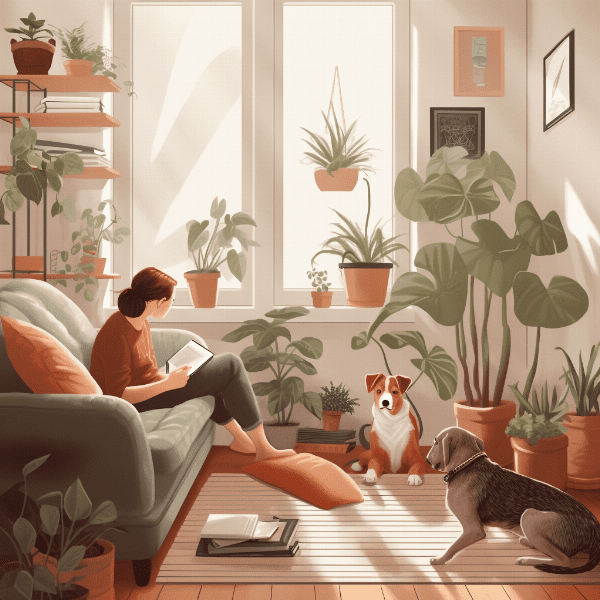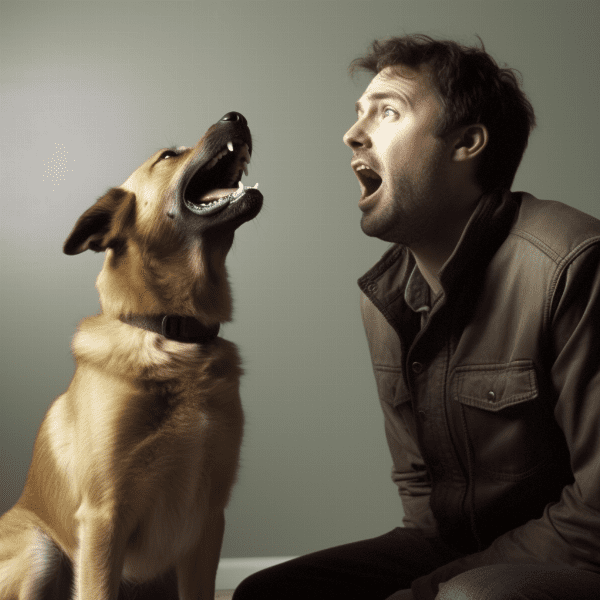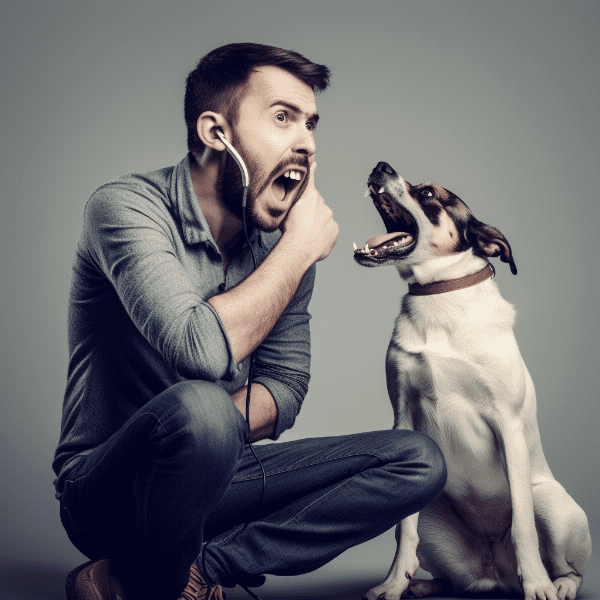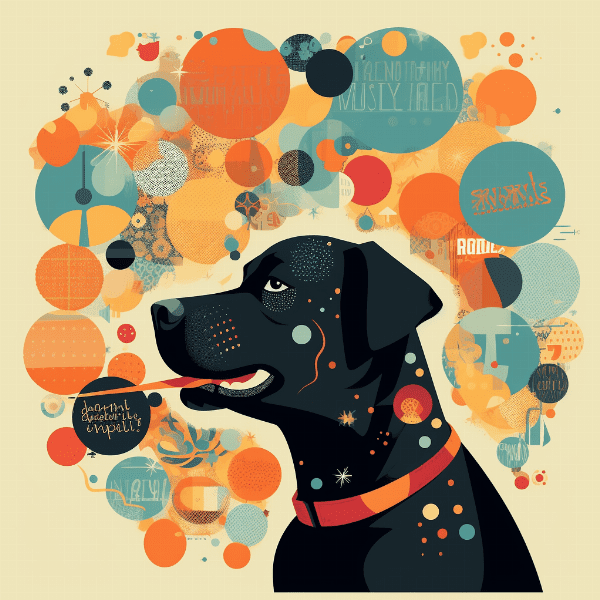Table of Contents
- Understanding the Reasons for Barking
- Creating a Positive Crate Association
- Gradual Crate Training Techniques
- Providing Adequate Exercise and Stimulation
- Using Calming Aids and Supplements
- Rewarding Quiet Behavior and Ignoring Barking
- Addressing Separation Anxiety
- Consistency and Patience in Training
- Seeking Professional Help
- Maintaining a Peaceful Environment for Your Puppy
Understanding the Reasons for Barking
Barking is a natural behavior for puppies, but excessive barking can be a sign of distress or discomfort. It is important to understand the reasons behind your puppy’s barking to properly address it.
Anxiety and Fear
Puppies may bark excessively when they are feeling anxious or afraid. This can be caused by a new environment, loud noises, or unfamiliar people and animals. In this case, barking is their way of communicating their discomfort.
Attention-Seeking Behavior
Puppies may also bark excessively to get attention from their owners. They may feel lonely, bored, or simply want to play. In this case, barking is their way of communicating their desire for interaction.
Medical Issues
In some cases, excessive barking can be a symptom of an underlying medical issue. If your puppy’s barking suddenly increases or if they display other signs of discomfort, it is important to consult with your veterinarian to rule out any potential health problems.
Territorial Behavior
Puppies may also bark excessively when they feel their territory is being invaded. This can be triggered by the presence of other animals or people. In this case, barking is their way of defending their space.
Understanding the reasons behind your puppy’s barking is the first step in addressing the issue. Once you have identified the cause, you can implement the appropriate training techniques to help your puppy cope with their discomfort and reduce excessive barking.

Creating a Positive Crate Association
Crate training is an effective way to keep your puppy safe and provide them with a comfortable space to rest. However, if your puppy barks excessively when in their crate, it may indicate that they have a negative association with it. Here are some tips for creating a positive crate association for your puppy.
Introduce the Crate Gradually
Introduce the crate gradually to your puppy to prevent overwhelming them. Start by placing treats near the crate and allowing them to explore it at their own pace. Once they are comfortable with the crate, gradually increase the amount of time they spend in it.
Make the Crate Comfortable
Make the crate a comfortable and inviting space for your puppy. Provide them with a cozy blanket, toys, and treats to make the crate a positive and enjoyable environment.
Practice Positive Reinforcement
Use positive reinforcement techniques to encourage your puppy to enter and stay in the crate. Reward them with treats and praise when they enter the crate, and gradually increase the amount of time they spend inside.
Gradually Increase the Time Spent in the Crate
Gradually increase the amount of time your puppy spends in the crate to help them adjust to being in it for longer periods. This will help them associate the crate with positive experiences and reduce barking.
Creating a positive association with the crate can help reduce excessive barking and make crate training a positive experience for your puppy. With patience and consistent training, your puppy will learn to love their crate and see it as a safe and comfortable space.
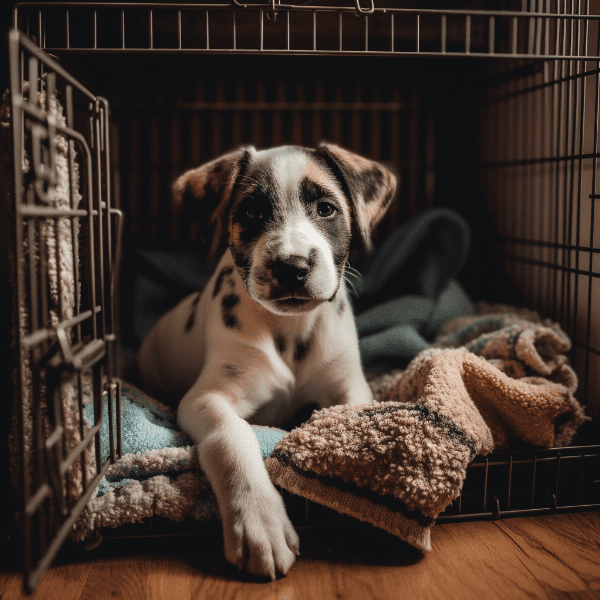
Gradual Crate Training Techniques
Crate training is a process that requires patience and consistency. By using gradual training techniques, you can help your puppy adjust to being in their crate and reduce excessive barking.
Step-by-Step Training
Start by placing your puppy in the crate for short periods of time, gradually increasing the duration as they become more comfortable. During this time, stay near the crate to help them feel secure and offer positive reinforcement.
Practice Crate Training During the Day
Practice crate training during the day when your puppy is alert and active. This will help them associate the crate with positive experiences and reduce anxiety.
Provide Treats and Toys
Provide your puppy with treats and toys while they are in the crate to create a positive association with it. This will help them feel more comfortable and reduce barking.
Gradually Increase Distance and Time
Once your puppy is comfortable being in the crate for short periods, gradually increase the distance and time that you are away from them. This will help them adjust to being alone and reduce separation anxiety.
By using gradual crate training techniques, you can help your puppy feel more comfortable in their crate and reduce excessive barking. With patience and consistency, your puppy will learn to love their crate and see it as a safe and comfortable space.

Providing Adequate Exercise and Stimulation
Puppies that are bored or have excess energy may bark excessively when in their crate. Providing adequate exercise and stimulation can help reduce their anxiety and prevent excessive barking.
Daily Exercise
Ensure that your puppy gets enough exercise every day to burn off excess energy. This can include walks, runs, and playtime with toys. This will help them feel more relaxed and reduce their need to bark excessively.
Mental Stimulation
Provide your puppy with mental stimulation through games and puzzles. This will help keep their minds active and reduce boredom, which can lead to excessive barking.
Interactive Toys
Provide your puppy with interactive toys such as treat dispensers or puzzle games. These toys will keep them engaged and provide a positive distraction while in their crate.
Scheduled Playtime
Schedule playtime with your puppy before placing them in their crate. This will help them feel more relaxed and tired, reducing the likelihood of excessive barking.
Consistent Routine
By providing adequate exercise and stimulation, you can help reduce excessive Barking in your puppy. With consistency and patience, your puppy will learn to feel more relaxed and comfortable in their crate.
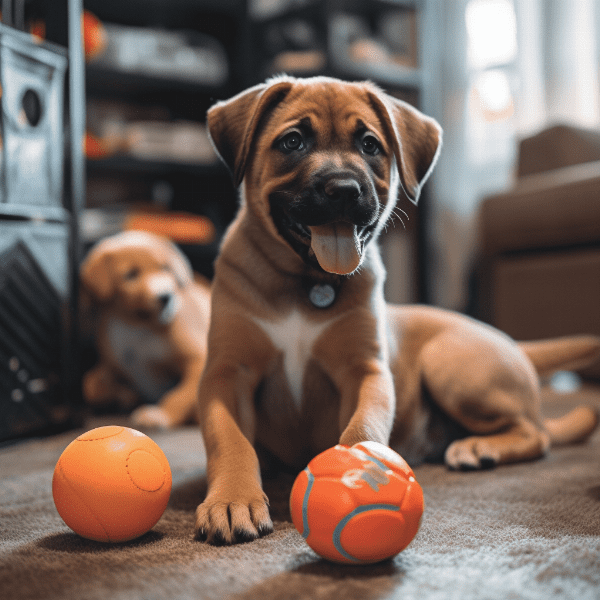
Using Calming Aids and Supplements
In some cases, puppies may need additional support to help them cope with anxiety and reduce excessive barking. Calming aids and supplements can be effective in reducing stress and promoting relaxation.
Natural Calming Aids
Natural calming aids such as lavender and chamomile can have a soothing effect on puppies. These can be provided through diffusers, sprays, or herbal supplements.
Pheromone Sprays
Pheromone sprays mimic the pheromones produced by a mother dog to calm her puppies. These sprays can be used in the crate or on bedding to promote relaxation and reduce barking.
Anti-Anxiety Supplements
Anti-anxiety supplements such as L-theanine and melatonin can help reduce anxiety and promote relaxation. These supplements should be given under the guidance of a veterinarian.
Thundershirts
Thundershirts are compression garments that can provide a sense of security for puppies. They work by applying gentle pressure to the body, which can help reduce anxiety and excessive barking.
Music and White Noise
Playing calming music or white noise can help drown out external noises and promote relaxation. This can be particularly effective for puppies that are sensitive to noise.
By using calming aids and supplements, you can help reduce excessive barking in your puppy and promote relaxation. It is important to consult with your veterinarian before using any supplements or medications to ensure their safety and effectiveness.
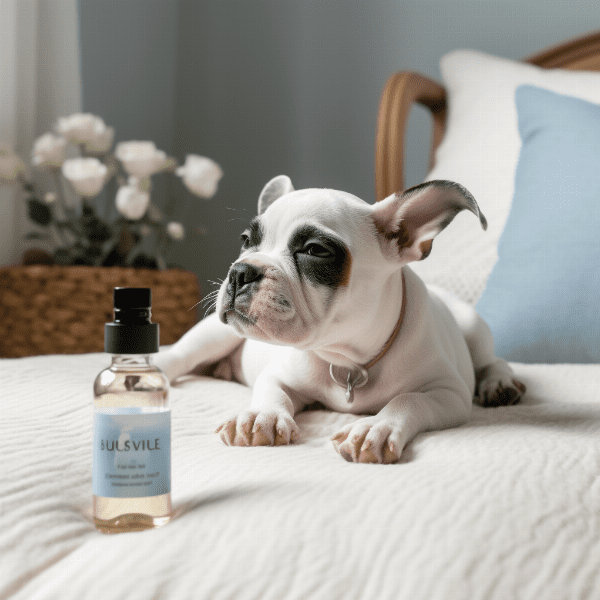
Rewarding Quiet Behavior and Ignoring Barking
Rewarding quiet behavior and ignoring excessive barking is an effective training technique for reducing barking in puppies. By rewarding positive behavior and ignoring negative behavior, you can help your puppy learn to be quiet in their crate.
Positive Reinforcement
Reward your puppy with treats and praise when they are quiet in their crate. This will help them associate quiet behavior with positive experiences and encourage them to repeat the behavior.
Timing is Key
Timing is key when using positive reinforcement. Reward your puppy immediately after they have been quiet, as this will help them make the connection between their behavior and the reward.
Ignore Excessive Barking
Ignoring excessive barking can be an effective way to reduce it. When your puppy barks excessively, avoid giving them attention or treats, as this can reinforce the behavior.
Use a Quiet Command
Use a quiet command such as “shh” or “quiet” to signal to your puppy that it is time to be quiet. This can help them understand what is expected of them and reduce confusion.
Consistency is Key
By rewarding quiet behavior and ignoring excessive barking, you can help your puppy learn to be quiet in their crate. With patience and consistency, your puppy will learn to associate quiet behavior with positive experiences and reduce excessive barking.
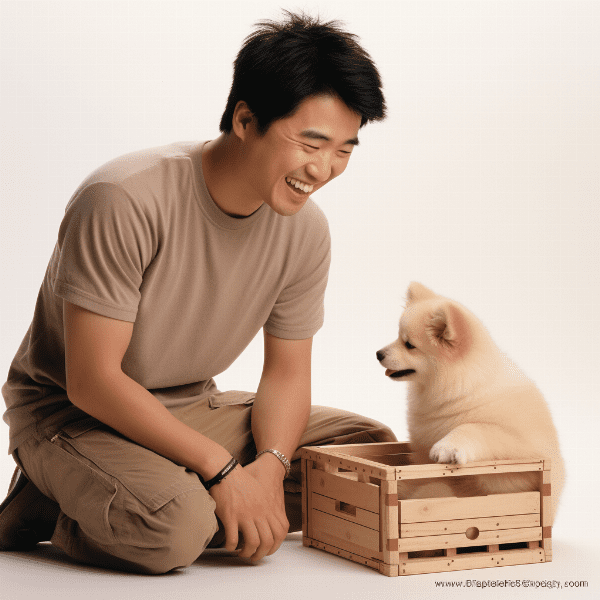
Addressing Separation Anxiety
Separation anxiety is a common cause of excessive barking in puppies when in their crate. Separation anxiety occurs when a puppy becomes anxious or stressed when left alone, and can lead to destructive behaviors and excessive barking.
Gradual Training
Use gradual training techniques to help your puppy adjust to being alone. Start by leaving them alone for short periods of time and gradually increase the duration. This will help them become more comfortable with being alone and reduce anxiety.
Practice Leaving and Returning
Practice leaving and returning home to help your puppy become more comfortable with your absence. Start with short trips and gradually increase the duration.
Avoid Making a Fuss
Avoid making a fuss when leaving or returning home. This can increase anxiety in your puppy and lead to excessive barking.
Consider Professional Help

Consistency and Patience in Training
Training your puppy to reduce excessive Barking in their crate requires consistency and patience. By using consistent training techniques and being patient with your puppy, you can help them learn to be calm and quiet in their crate.
Use Positive Reinforcement
Use positive reinforcement techniques such as treats and praise to encourage positive behavior. This will help your puppy associate good behavior with positive experiences and reduce excessive barking.
Be Patient
Be patient with your puppy as they learn new behaviors. It takes time and consistency to see results, so it is important to remain patient and persistent in your training.
Avoid Punishment
Avoid using punishment as a training technique, as this can create a negative association with the crate and lead to more excessive barking.
Seek Professional Help if Needed
By using consistent training techniques, being patient with your puppy, and avoiding punishment, you can help reduce excessive barking in your puppy and promote a more relaxed and calm environment. With patience and consistency, your puppy will learn to be calm and quiet in their crate.
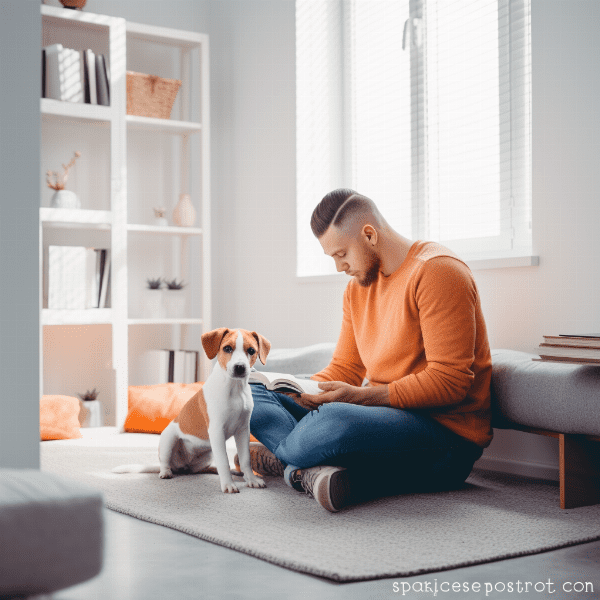
Seeking Professional Help
In some cases, excessive barking in puppies can be a sign of underlying health or behavioral issues that require professional intervention. Seeking professional help can provide additional guidance and support to help your puppy overcome their barking behavior.
Consult with a Veterinarian
If your puppy’s excessive barking persists despite consistent training techniques, consult with a veterinarian. They can conduct a physical examination to rule out any underlying health issues that may be causing the behavior.
Consult with an Animal Behaviorist
If your puppy’s excessive barking is due to behavioral issues, consider consulting with an animal behaviorist. They can provide additional guidance and support to help your puppy overcome their anxiety and reduce excessive barking.
Consider Medication
In some cases, medication may be necessary to help reduce anxiety and excessive barking in puppies. Consult with a veterinarian to determine if medication is appropriate for your puppy’s specific needs.
Address Underlying Issues
Excessive barking in puppies can be a sign of underlying issues such as separation anxiety or territorial behavior. Addressing these underlying issues can help reduce excessive barking and promote a more relaxed and calm environment for your puppy.
By seeking professional help, you can provide your puppy with the support they need to overcome excessive barking and promote a healthy and happy lifestyle. With patience and persistence, your puppy can learn to be calm and quiet in their crate.
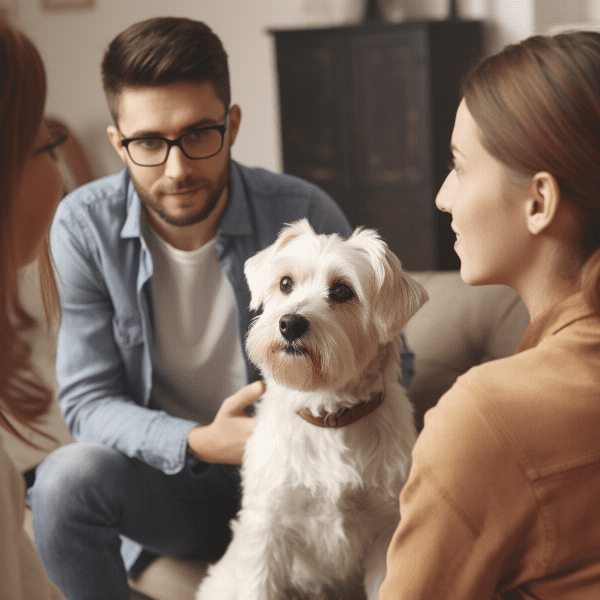
Maintaining a Peaceful Environment for Your Puppy
Maintaining a peaceful environment for your puppy is essential for promoting relaxation and reducing excessive barking. Here are some tips for creating a peaceful environment for your puppy.
Reduce Noise
Reduce noise in your home by closing windows and doors, and using white noise or calming music to drown out external sounds. This will help create a peaceful environment for your puppy and reduce anxiety.
Provide a Comfortable Bed
Provide your puppy with a comfortable bed or crate that is their own space. This will help them feel more secure and relaxed.
Avoid Overstimulation
Avoid overstimulating your puppy with too much playtime or exercise. This can lead to excess energy and anxiety, which can result in excessive barking.
Maintain Consistency
Maintain consistency in your puppy’s routine, including meal times, exercise, and crate training. This will help them feel secure and reduce anxiety.
Spend Quality Time with Your Puppy
Spend quality time with your puppy every day to provide them with the attention and love they need. This will help them feel more relaxed and reduce their need to bark excessively.
By maintaining a peaceful environment for your puppy, you can help reduce excessive barking and promote relaxation. With consistency and patience, your puppy will learn to be calm and quiet in their crate.
